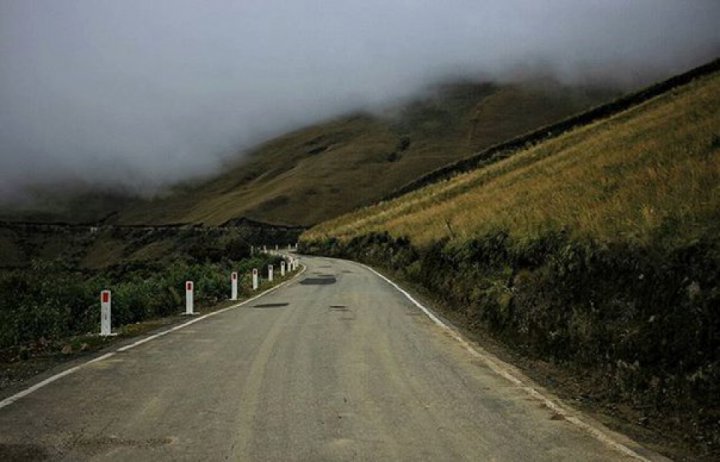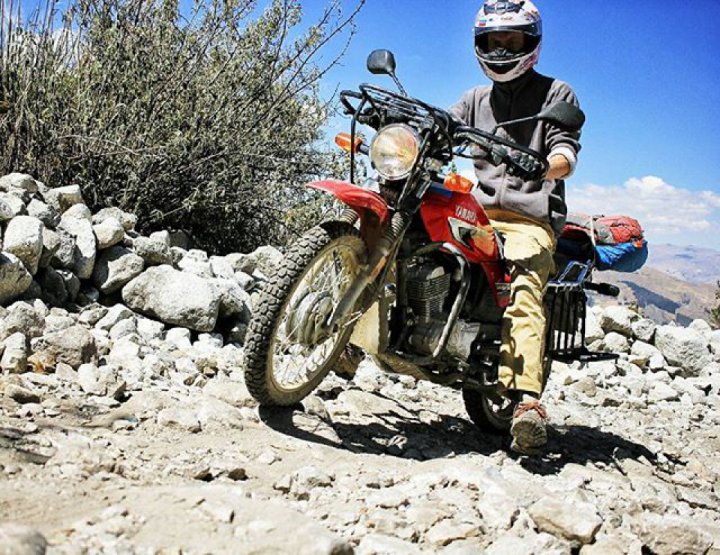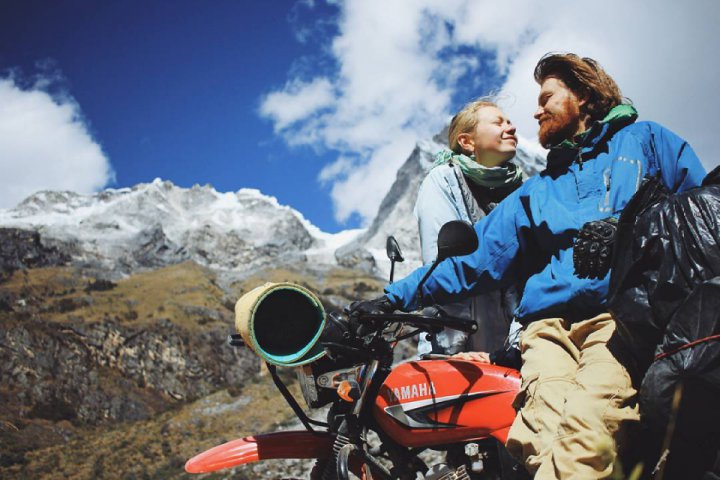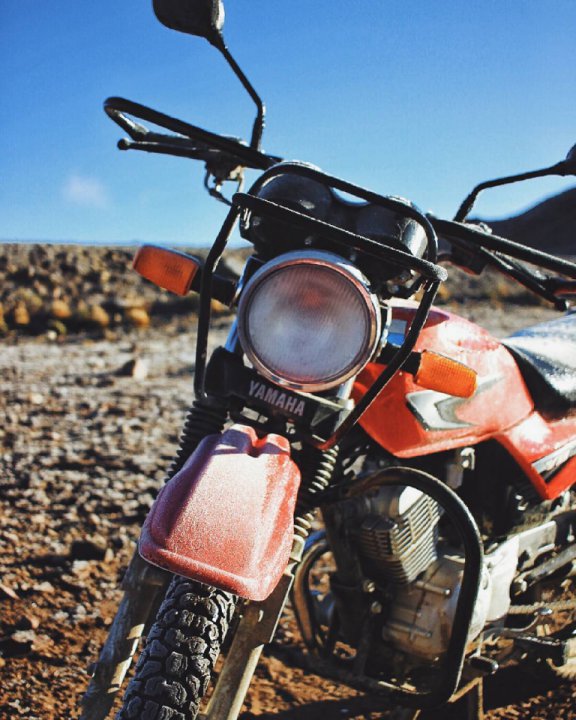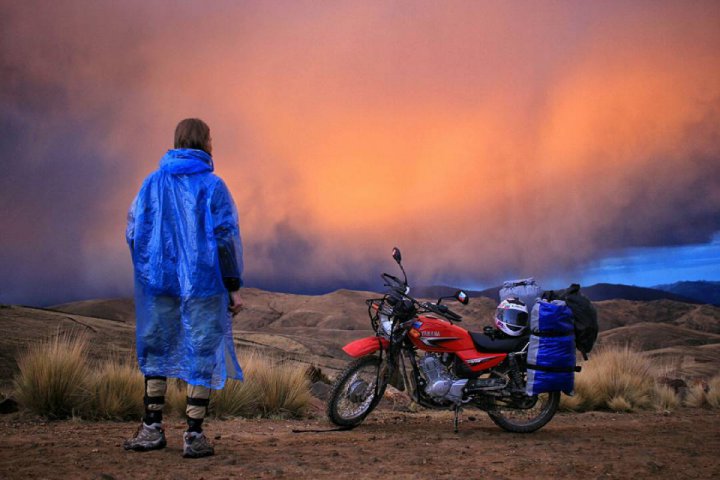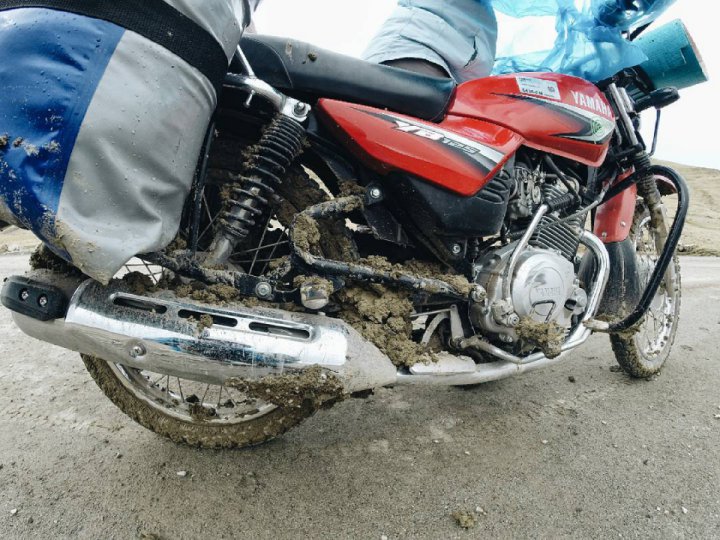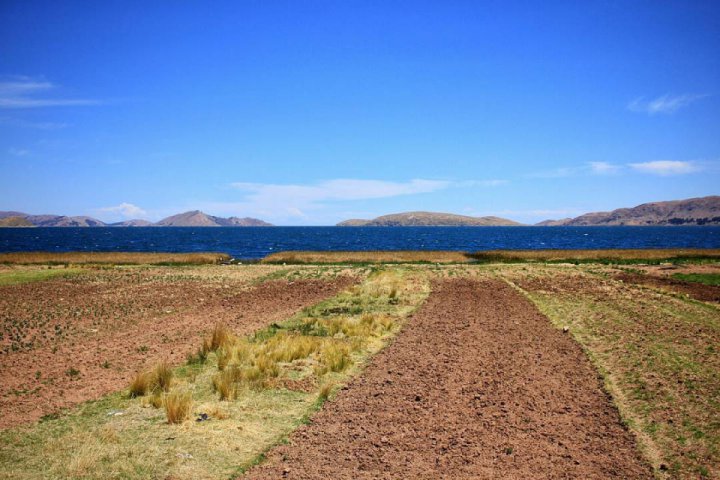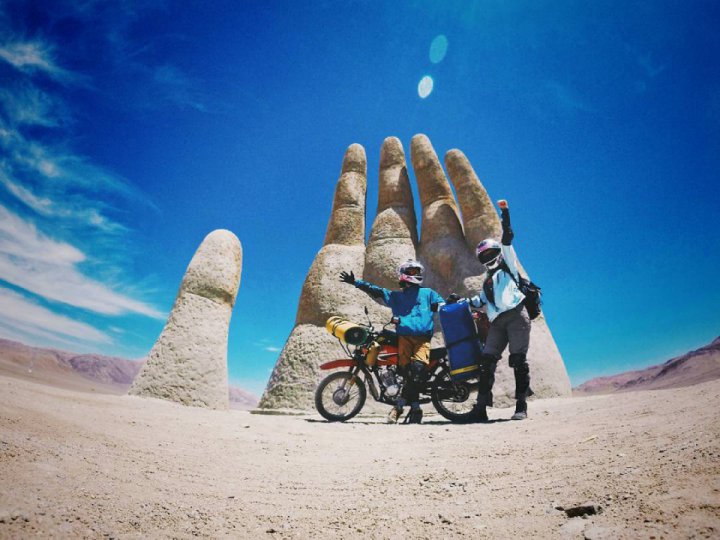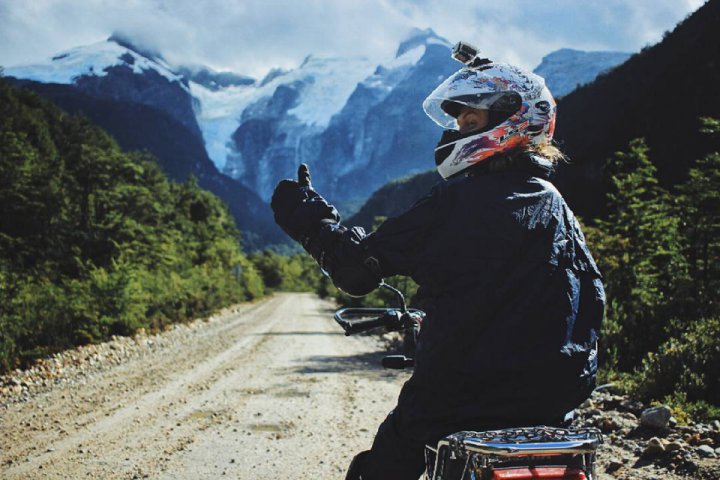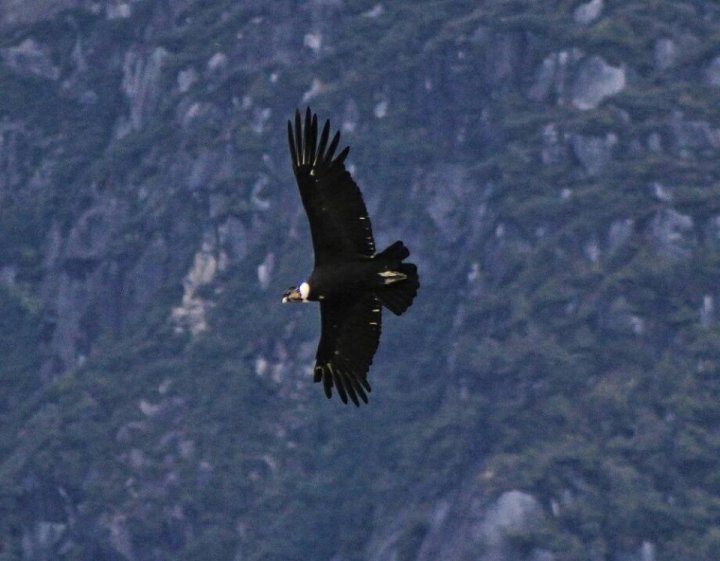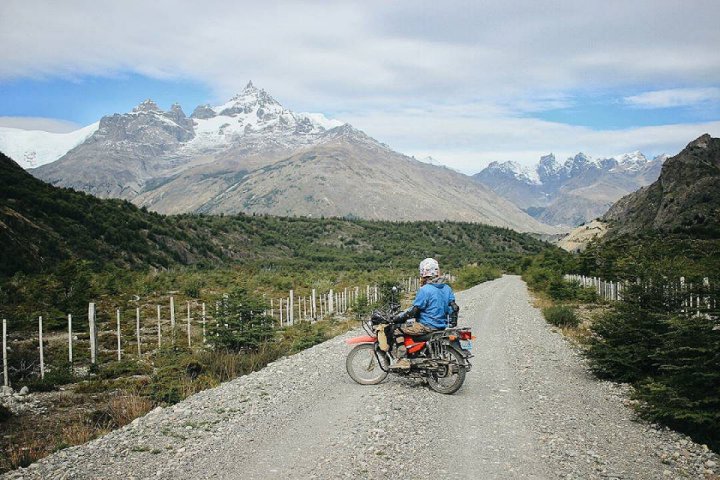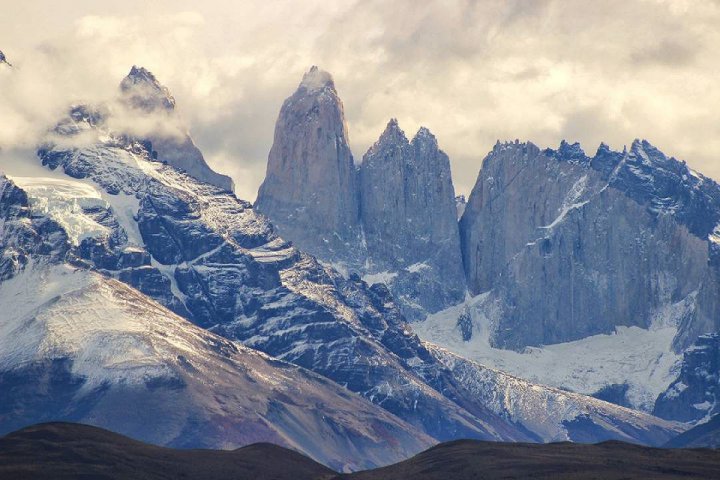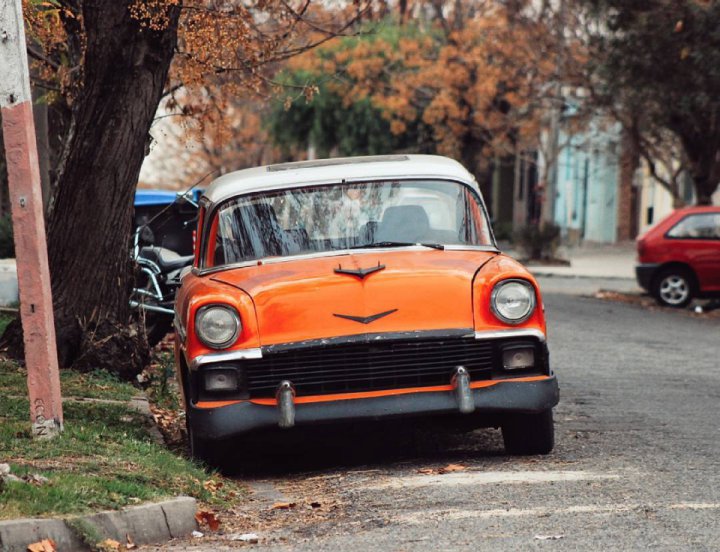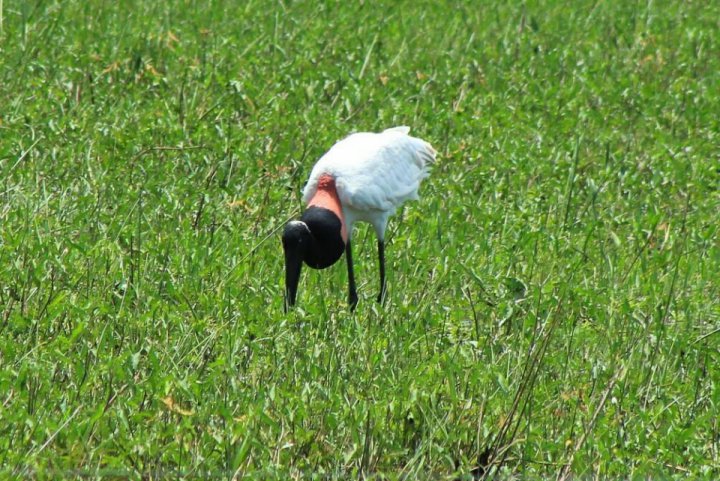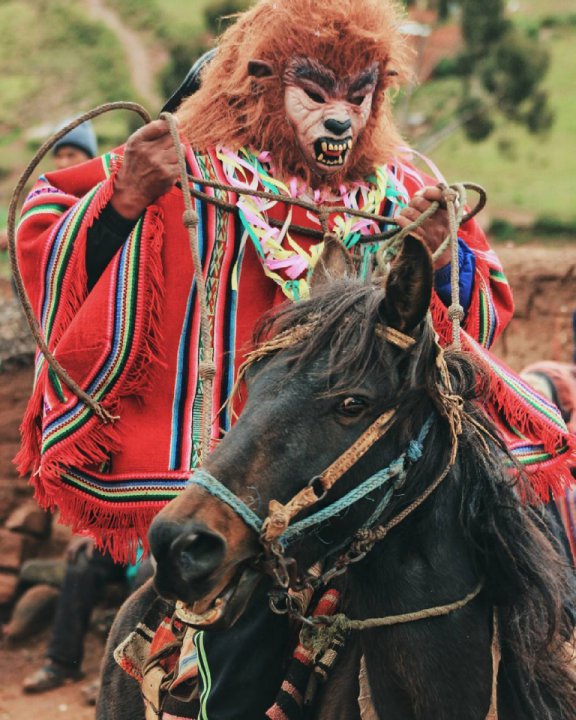Adventures of YB125 in Peru, part 7
This time we will try to cross the border three times with Bolivia, run into night adventures and decide to go to Chile. Let's go!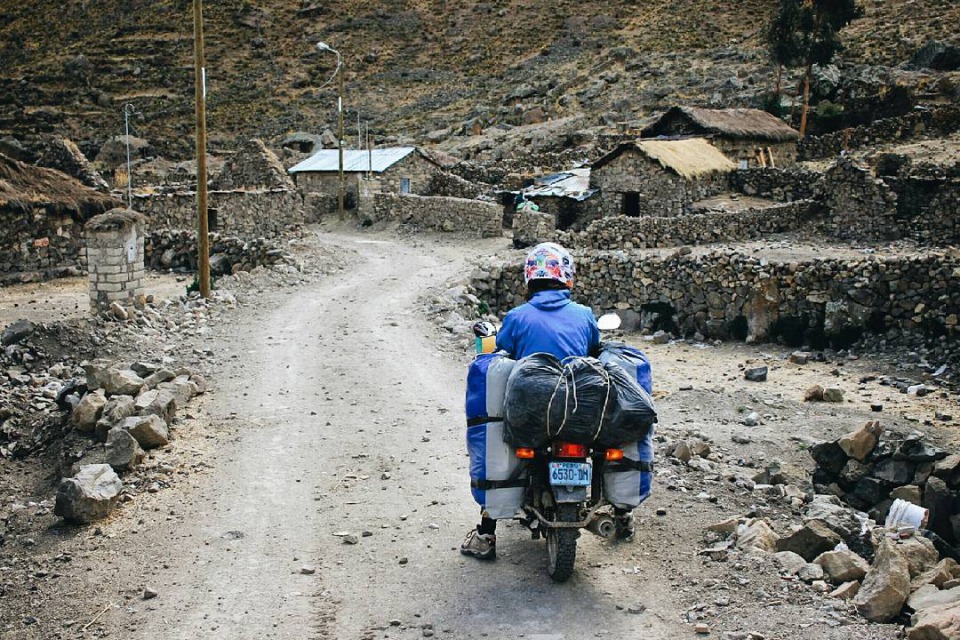
After we descended from the Cotahuasi canyon through countless beautiful terraces, bathed in non-tourist thermal springs and visited the petroglyphs of Toro Muerto, it was decided to go to Arequipa.
Arequipa is unlike any other city in Peru. And its history explains this effect. Built on the ground of the estate of the conquistador, faithful to the Spanish crown, the former capital and an important trade hub, today it is not only an important state facility, but a rich oasis among the dead desiccated wastelands and volcanoes. The first thing we felt when we entered Arequipa was the fragrance of flowers and the coolness of green alleys.A lot of greenery and a delicious smell of food are really unusual for the last two days.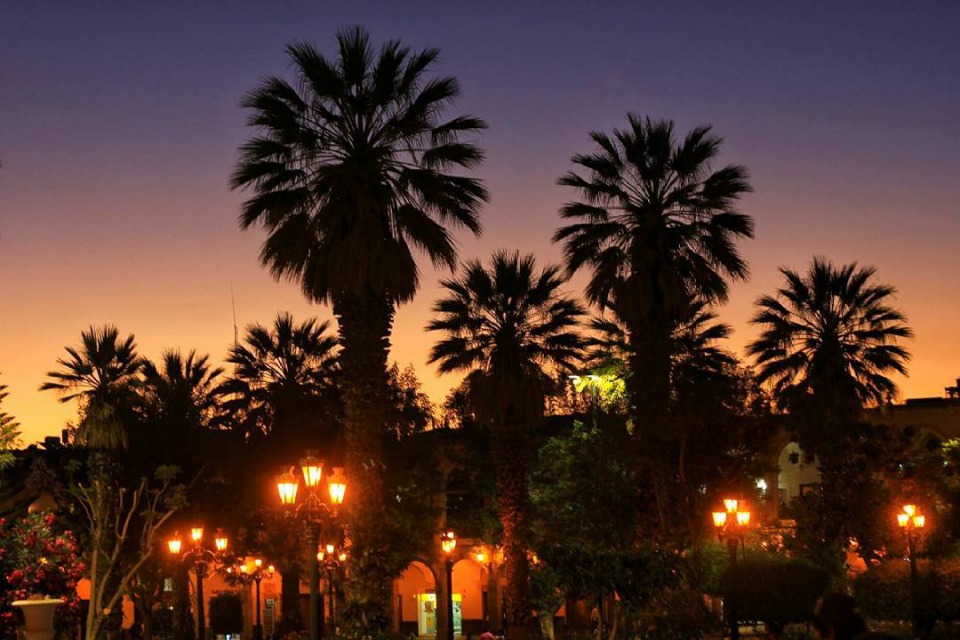
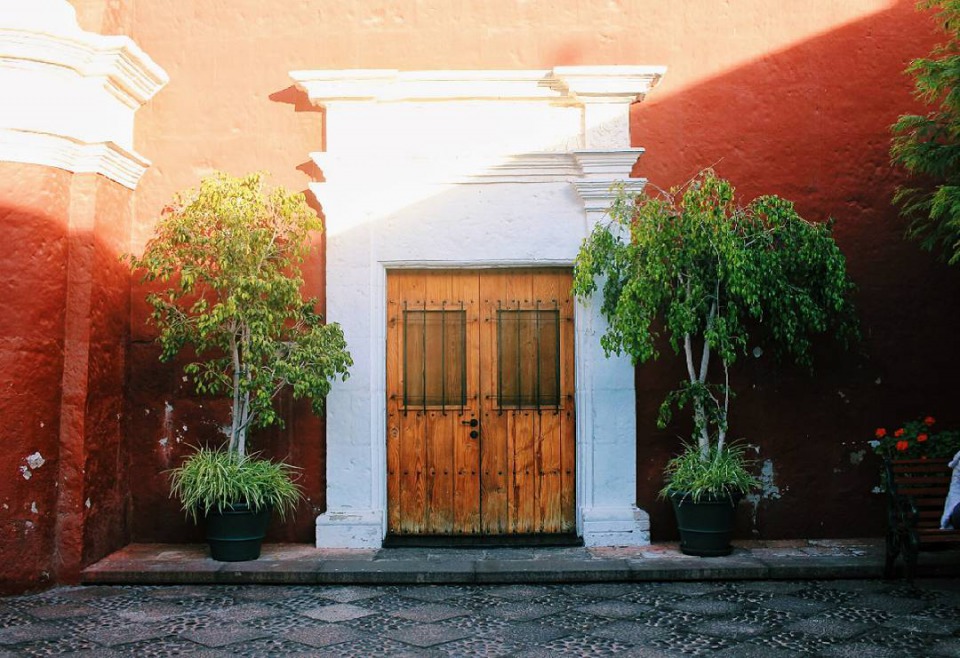
Arequipa is especially good after Cusco (as Cusco can be good after Arequipa))) Because of the contrast in everything, you start to feel it sharper, more sonorous. Here, for example, it is very difficult to meet a woman in traditional clothes, certainly there are no alpacas on the street (despite the centuries of trading of their wool). But there are more poor people on the streets, as a rule these are very old people or blind musicians.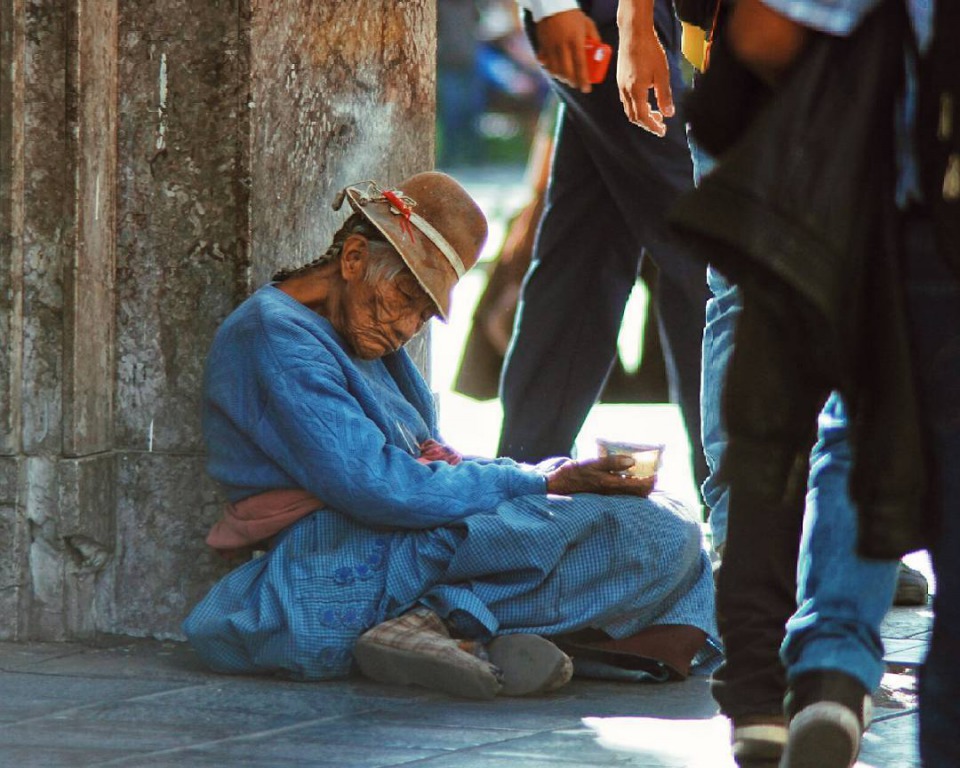
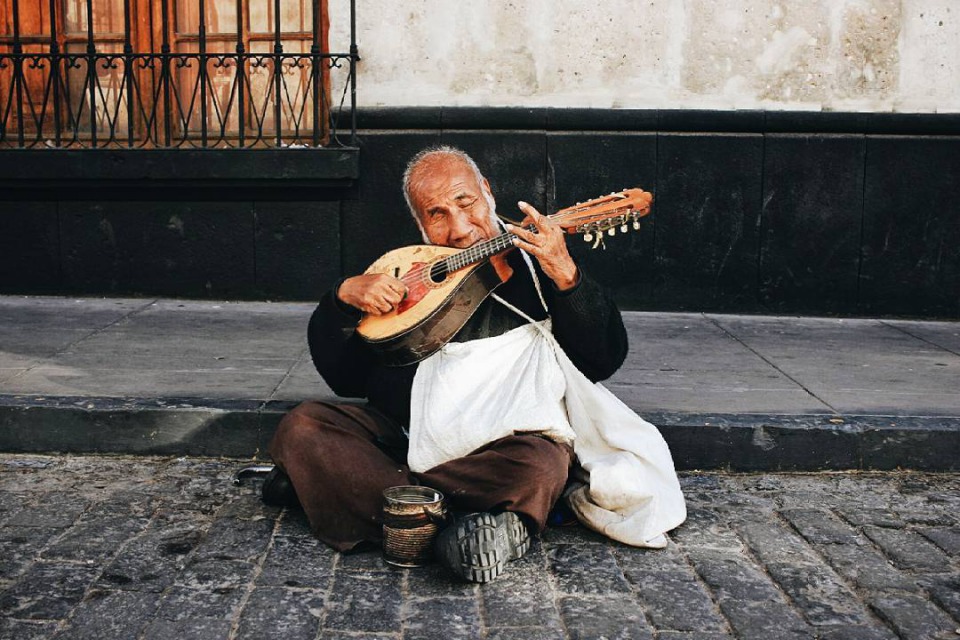
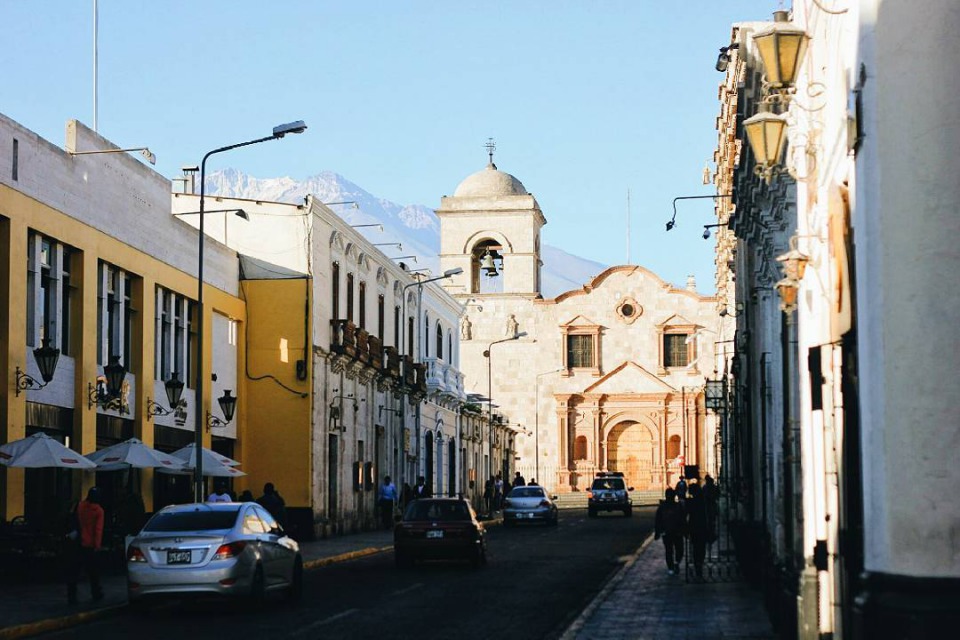
Then we went to the side of Lake Titicaca. There were several noteworthy places along the way.
Salinas and Aguada Blanca are not exactly a sanctuary. This territory has reserve status. It means, some human activity is allowed. The highlands here are rich in their salt flats. Every day, real road trains take out tons of salt, so the road becomes broken up and with a bunch of dust.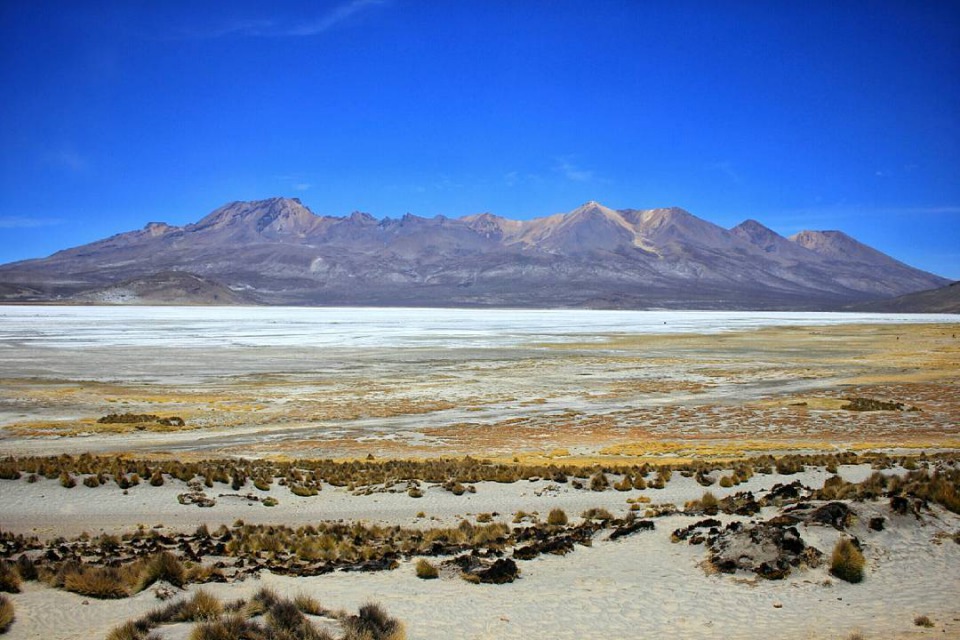
We have never seen so many tornadoes in one place. They all have different sizes and capacities, some walk a long time, some not. Once we have seen 14 tornadoes on the entire horizon. The color they have is that the material they suck. For example, if it sucks salt, it will be white, orange and yellow tornadoes are rising above the roads, and pink ones over pinkish mountains.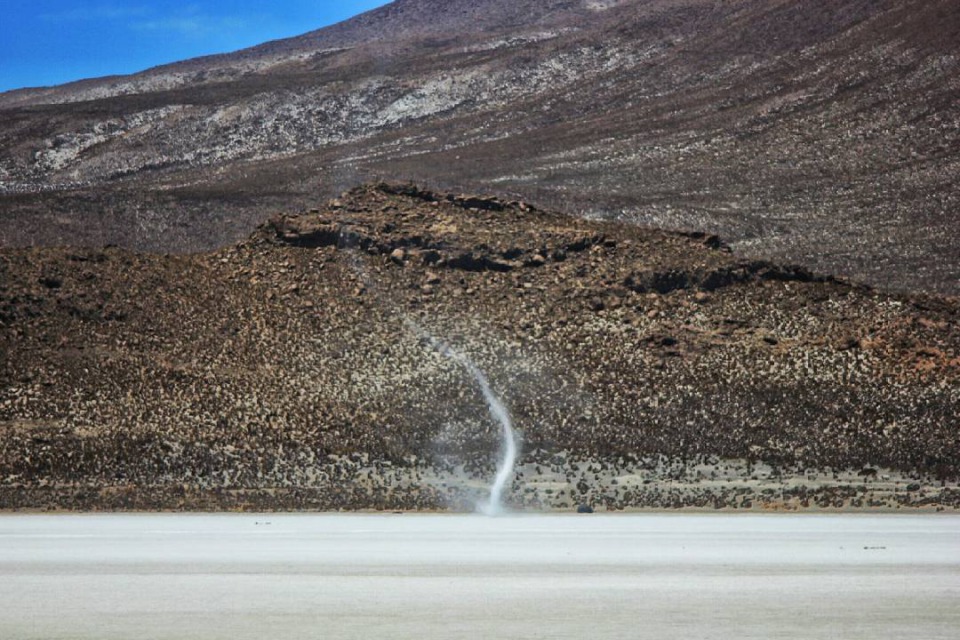
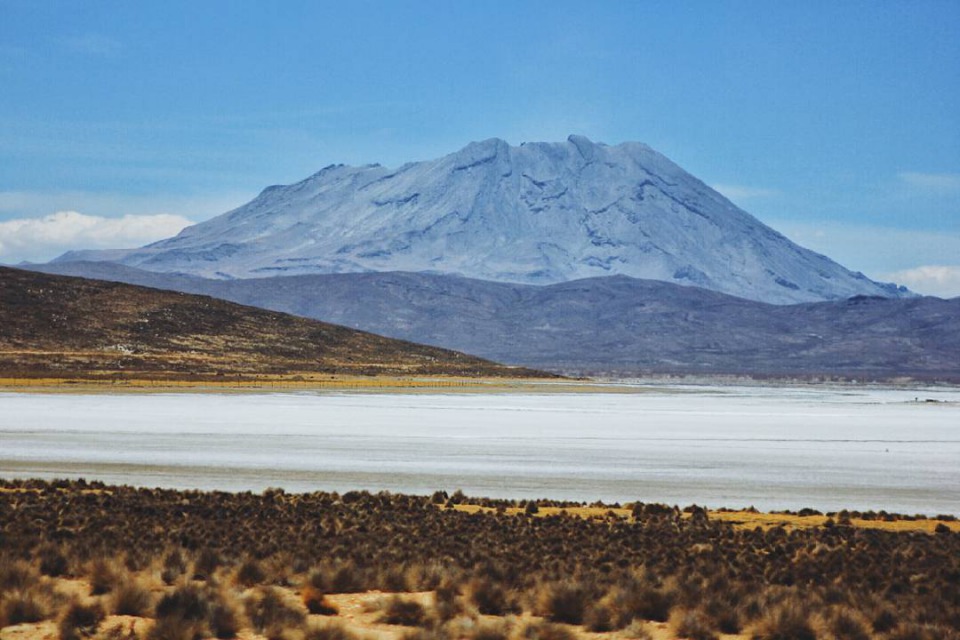
What concerns Juliaca, many tourists prefer to avoid this place. "There's nothing to do in Juliaca" - we heard more than once. They can be understood - the city is dusty, dirty, on some streets there is no asphalt. We did not meet white people. And this also makes it special :)
Here you immediately become the center of attention, you calm down and frighten crying children ("Do you see what bags they have?) This helps to speak with almost any interested passer-by or a seller and ask anything. This is a trading city. Directly across the city is the railway from Arequipa, along which only freight trains circulate.
The rails lie directly on one of the streets, the trains pass through them 3 to 5 times a day, the rest of the time, on the roads and around them, a huge and terrible shaman market is boiling. They speak mainly on Aymara (the descendants of militant Huari), they sell real tin, among which dried alpacas are the most innocuous. Among other popular things there are fresh bloody embryos of pigs and goats, guinea pigs and llamas, etc. In addition to all this, of course, bags of fragrant grasses and roots unknown to us, feathers of condors, powders from seeds and aromatic liquids. Primitive savagery reigns in this market :)
And when the horns of the train are heard in the distance, this market is quietly scraping its horrors off the roads, pushes umbrellas, carries baskets with bloody buds to the side and through all this a huge train creeps, slowly, buzzing without stopping, urging the sluggish old women. We have never seen such a thing in Peru!
The train passed and a few minutes later there was no more free space on the rails. there is also an ordinary market, and there are tons of everything tasty and cheap.
After an unusual city, we tried two border crossings and Peru did not let us go :)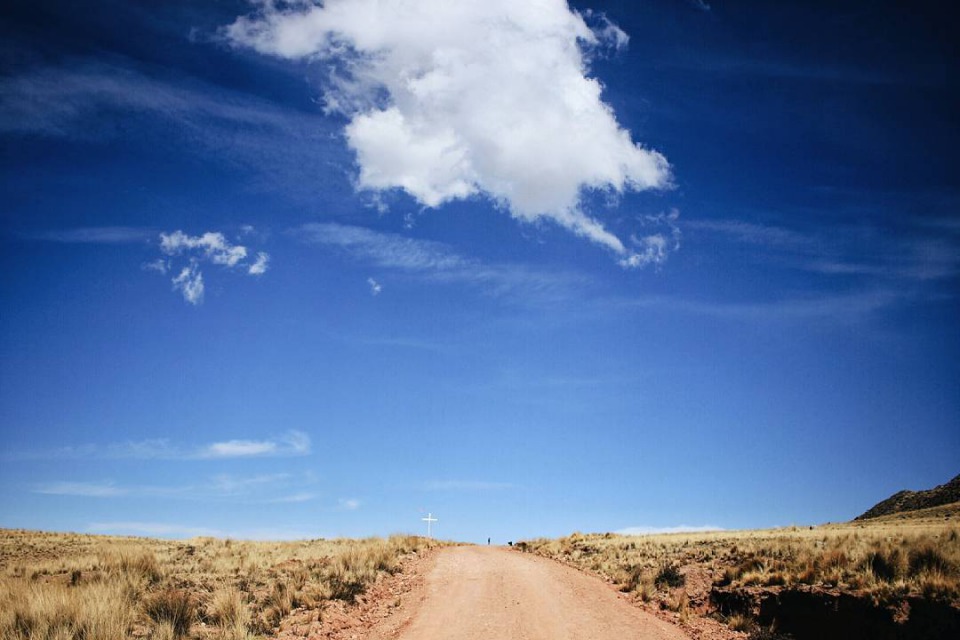
For the first time, only by changing the beer brands on the collapsed walls of abandoned shops, we realized that the border was left behind. That we are going not by the beloved potholes of Peru, but by the cottages of a new unknown country. Neither migratory, nor any control, nor even a seedy barrier.
The second time, on another crossing, it turned out that today is Saturday and on this occasion at 4 pm everything is closed, but will open on Monday (maybe). And when it opens, then we will be told whether it is possible for foreigners on their transport to leave and enter Bolivia. In general, we decided not to wait and move to Puno. There people are more used to foreigners and know what to do with them (that is, with us).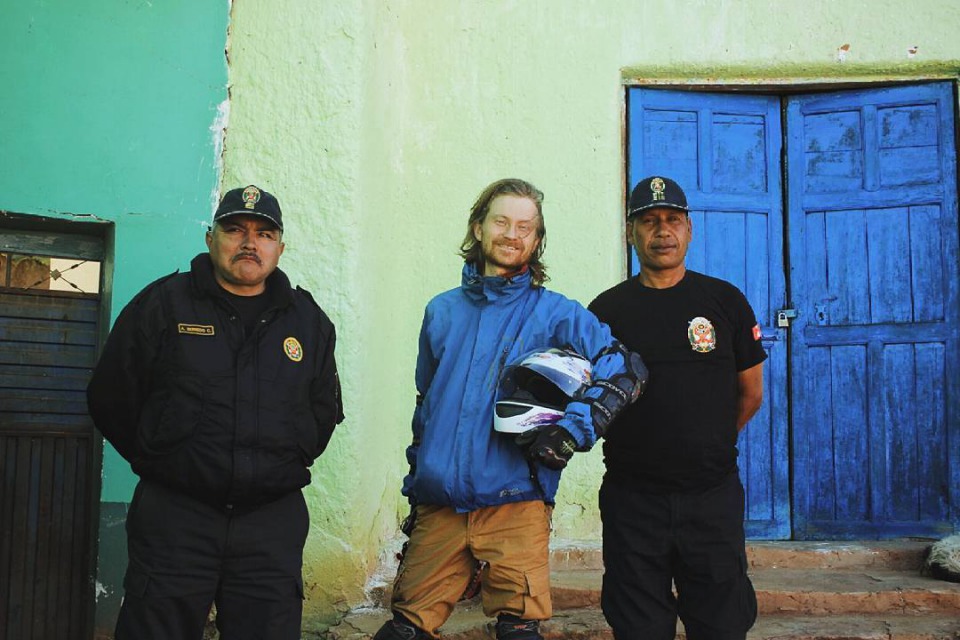
Further - it is more!)
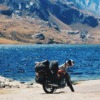
 Follow
2.9K
Follow
2.9K


